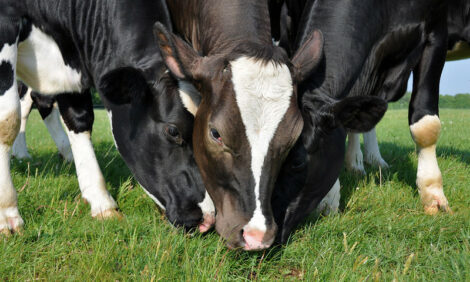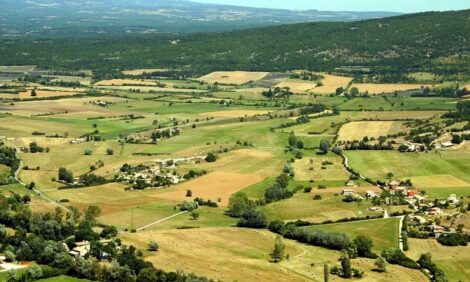



Farm Income Figures: Market Volatility Challenge
UK - Significant rises in input costs have led to mixed fortunes for English farm incomes during 2010/11 according to the NFU, after publication of Defra’s Farm Business Income (FBI) report.The report revealed that although the cereal sector showed a significant increase in 2011, livestock and horticulture sectors suffered falls year-on-year, with the cost of fertiliser and animal feed rising by nearly 30 per cent each.
Incomes in cereals rose in real terms by 97 per cent, with dairy up by seven per cent. Livestock farms saw their income fall by 29 per cent in lowland and 19 per cent in upland areas, with horticulture down 27 per cent.
NFU chief economist Phil Bicknell said: “While it is good news that the cereal sector has seen a rise in income, this was expected given improved cereal prices since harvest 2010. It represents a turnaround from a loss-making 2009/10 when prices were below production costs for the average cereal farm.
“Despite firmer cattle and sheep prices, livestock farmers saw a fall in income as the impact of higher feed costs made turning a profit difficult. Revenues through the Single Payment Scheme and Environmental Stewardship, along with diversification income, are critical to ensuring the average livestock farm remains in the black.
“Although the dairy industry experienced a seven per cent rise in income, it wasn’t only the improved price of milk that made the difference. Defra points to the increased cropping output on some dairy units as the reason farmers were partly able to offset higher feed and fertiliser costs. This underlines the on-going need to ensure dairy farmers get a fair return at the farm gate for their milk.
“Finally, horticulture incomes have also declined. An alarming 24 per cent of growers have seen their business fail to turn a profit, more than any other sector in 2010/11. While prices in some sectors have increased slightly this year, few growers will have received enough to cover the escalating cost of production or allow for reinvestment. They are also experiencing mounting price pressure from their customers, which is eroding margins and confidence.
“Lower profitability means that some farmers will be more reliant on their direct payments this year. CAP continues to play a crucial part in supporting agriculture and its Single Payment Scheme is an effective tool that helps farm businesses cope with market volatility. Farm gate prices might be stronger, but this isn't reflected in the bottom line for some sectors.
“Our big challenge in the long term is to produce more and impact less. That requires efficiency gains and productivity increases, and in turn that needs investment. Farmers will only invest if they're profitable.”
TheCattleSite News Desk


